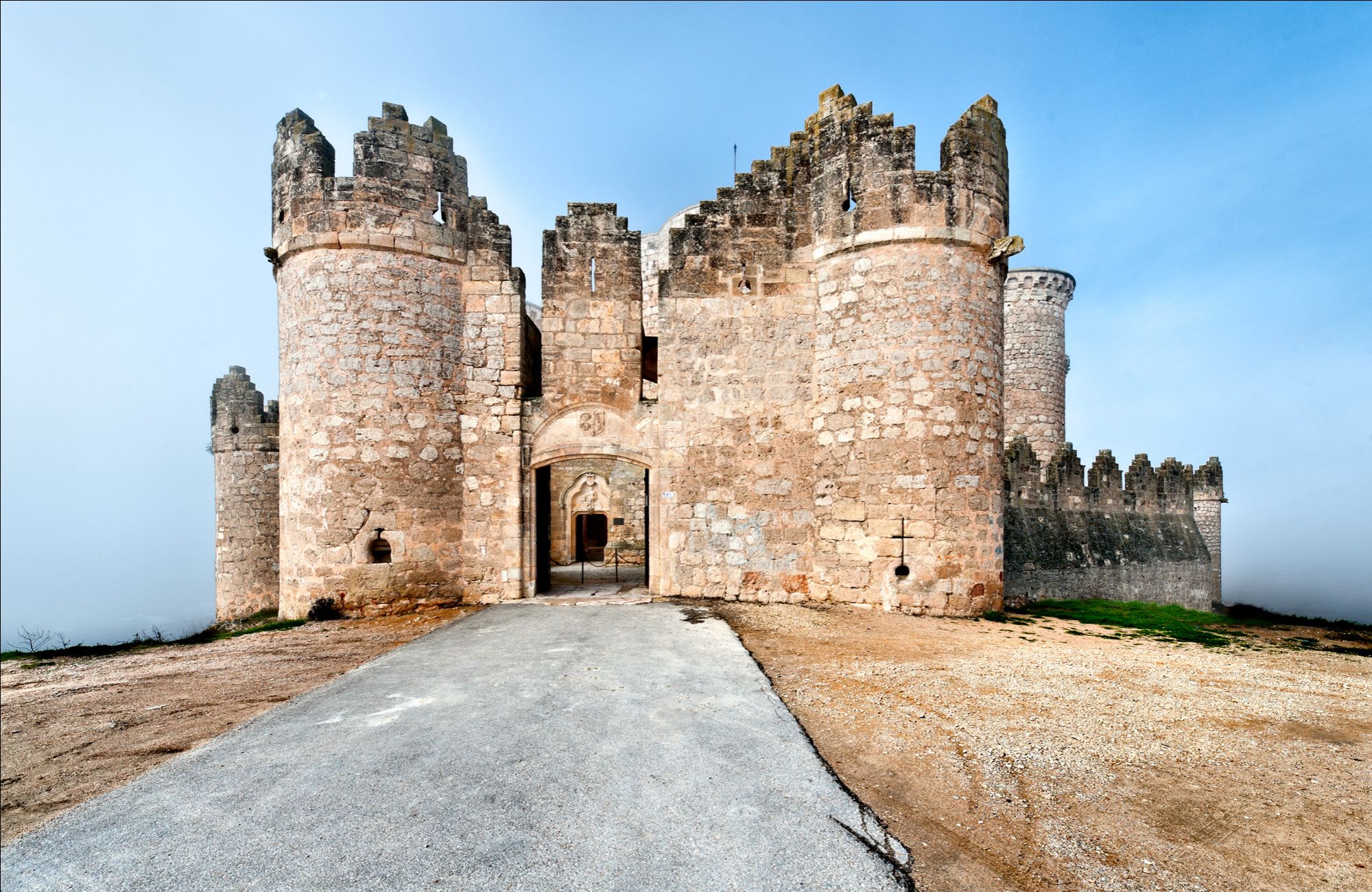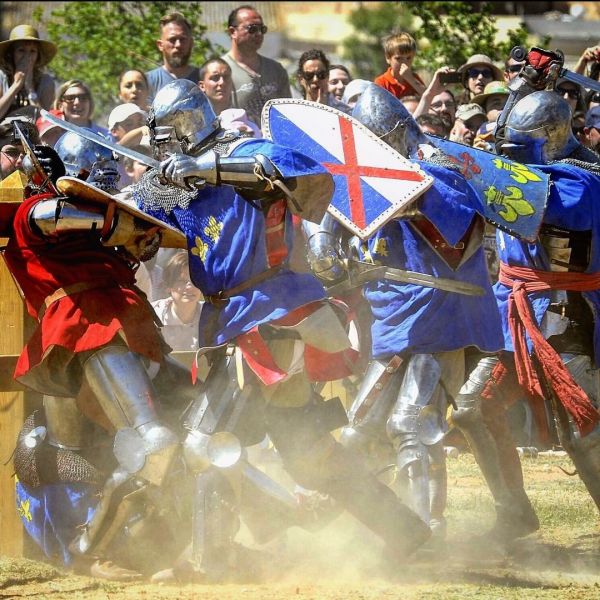Belmonte
Cuenca
Belmonte (castillo)
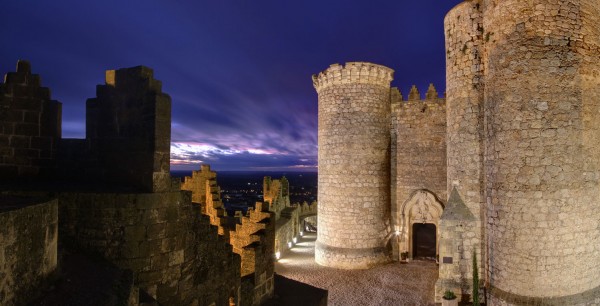
Belmonte (castle)
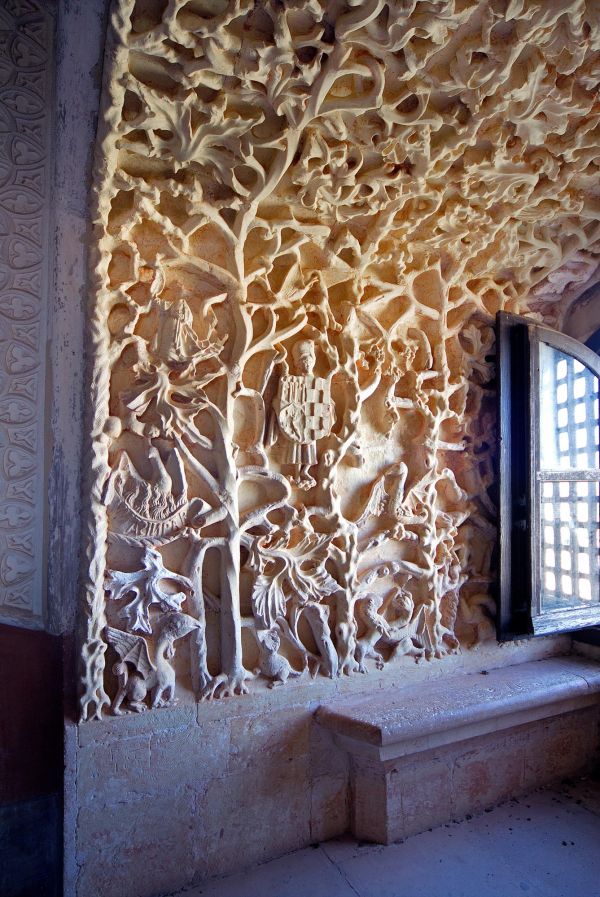
Belmonte (castle)
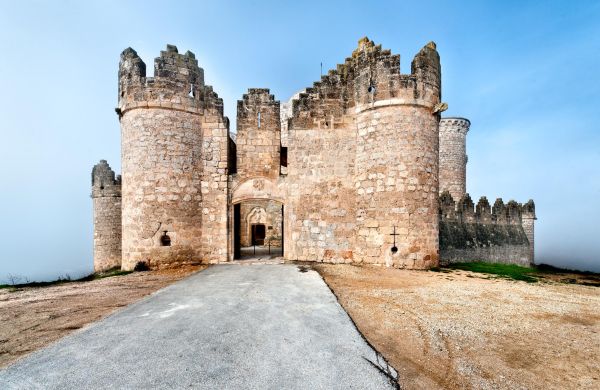
Belmonte (castle)
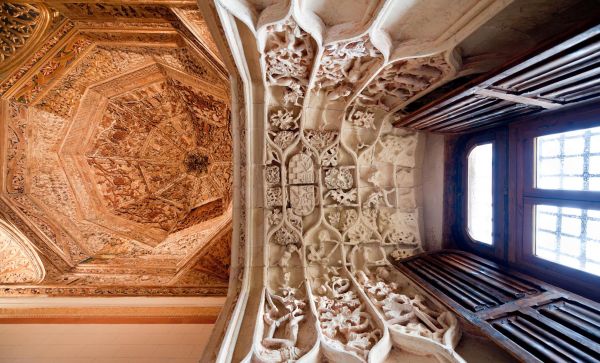
Belmonte (castle)
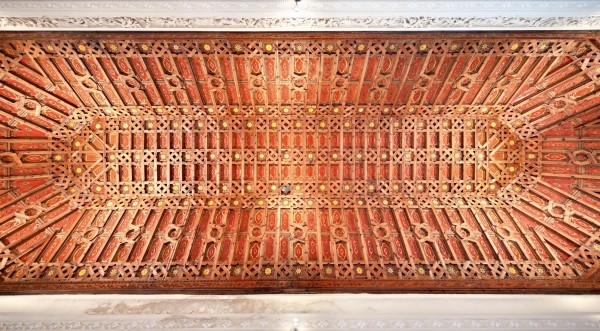
Belmonte (castle)
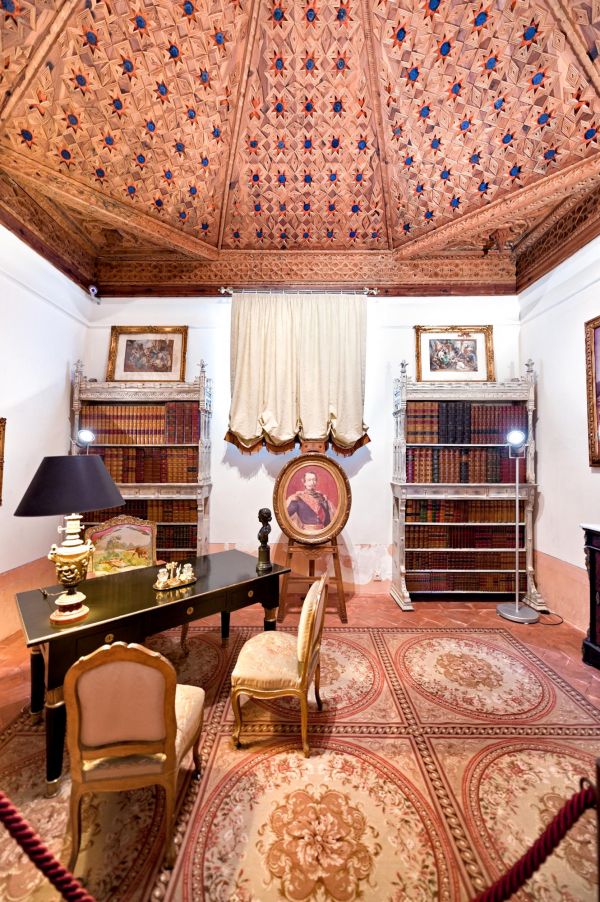
Belmonte (castle)
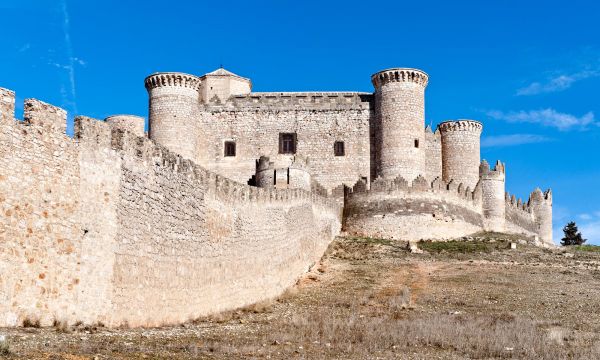
Belmonte (from the castle)
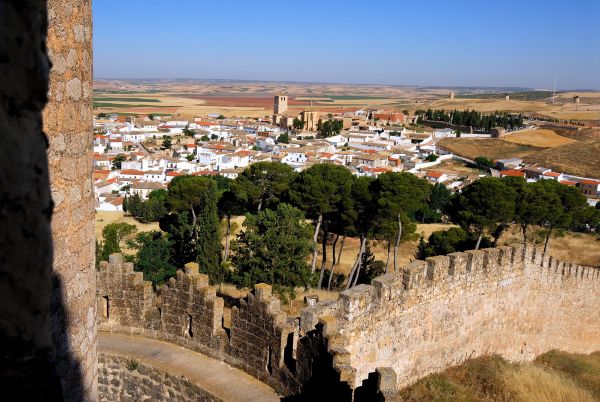
Belmonte (castle)
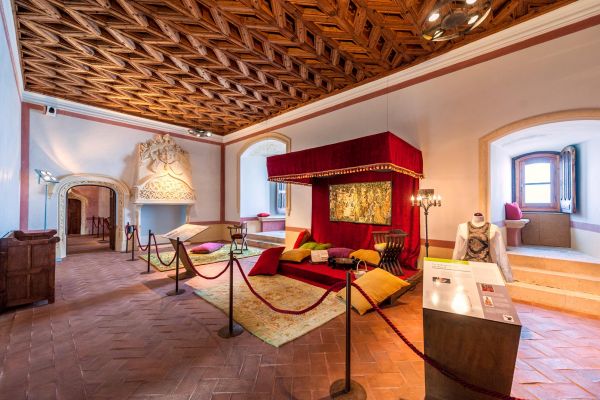
Belmonte (Medieval Combat)
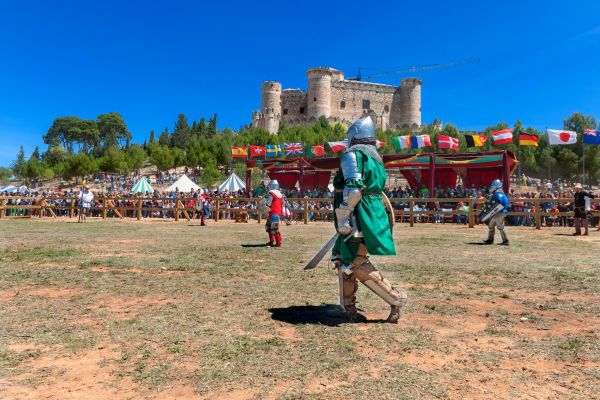
Belmonte (Colegiata)
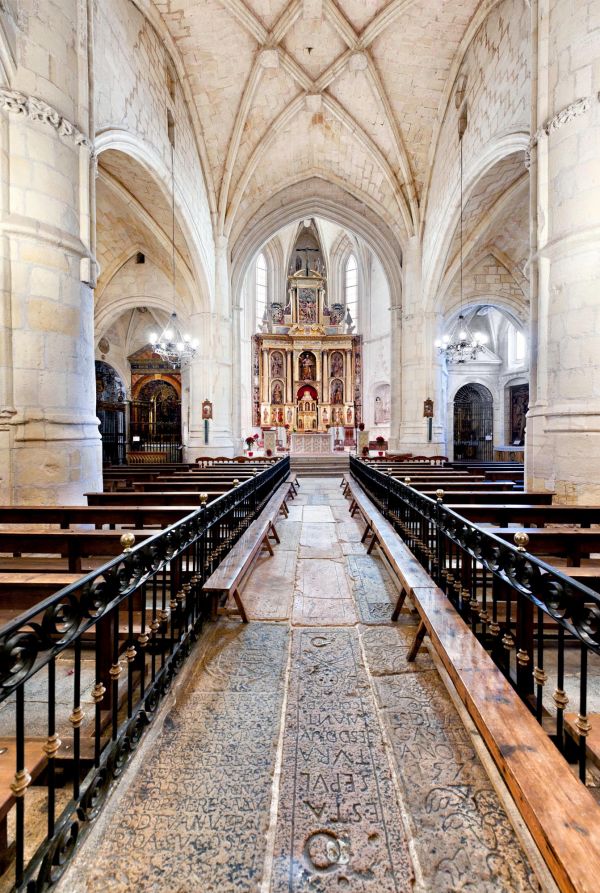
Belmonte (castle)
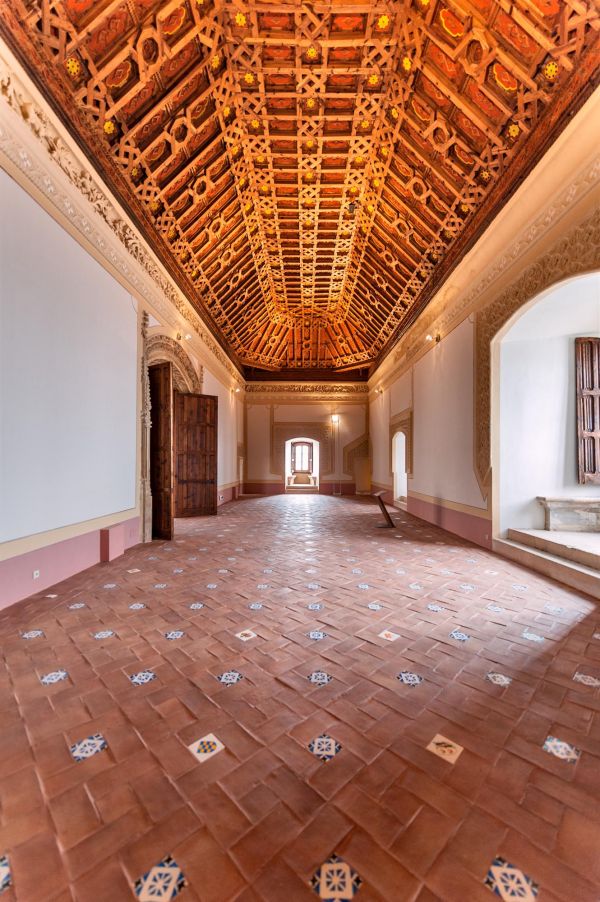
Belmonte (castle)
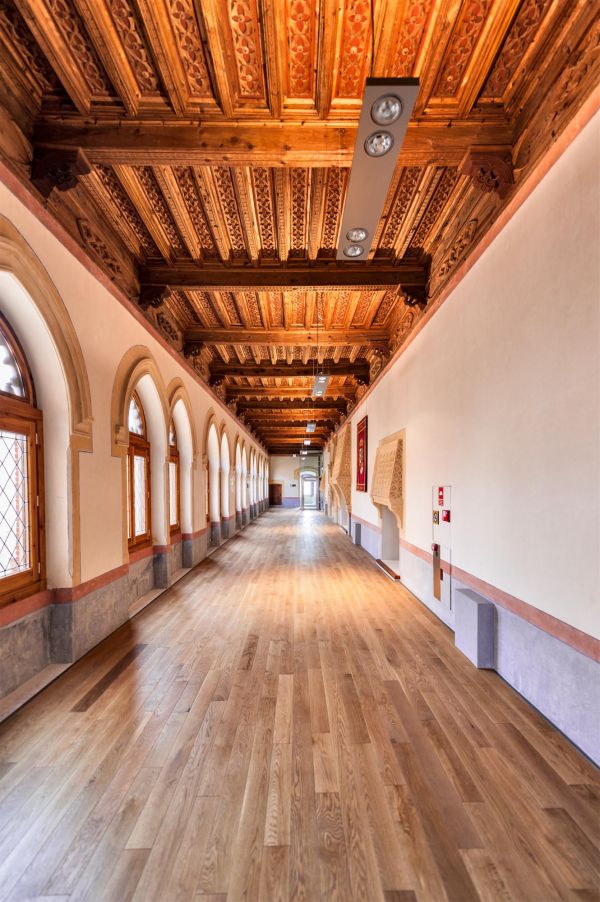
Belmonte (castle)
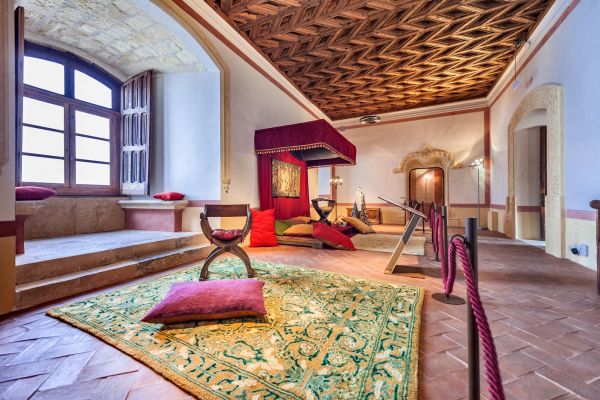
Belmonte (castillo-patio de armas)
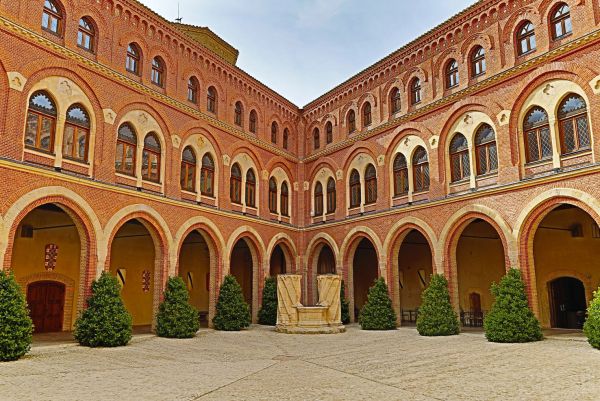
Belmonte (castillo-patio de armas)
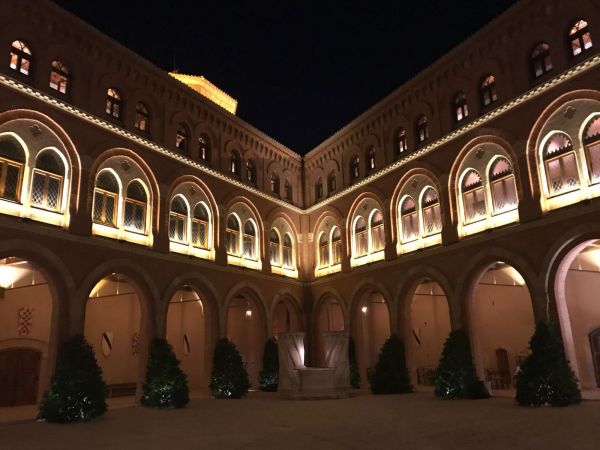
Belmonte (castle)
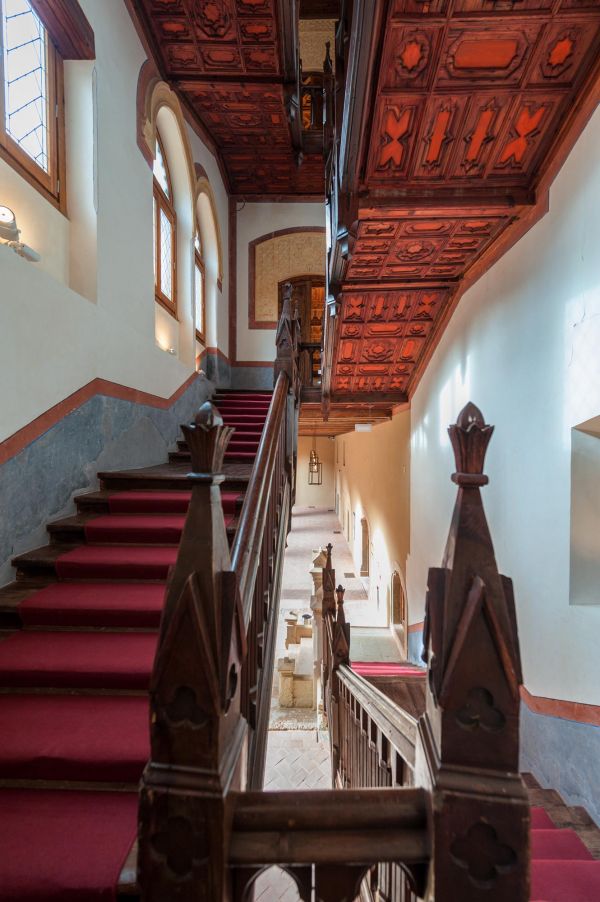
Belmonte (castle)
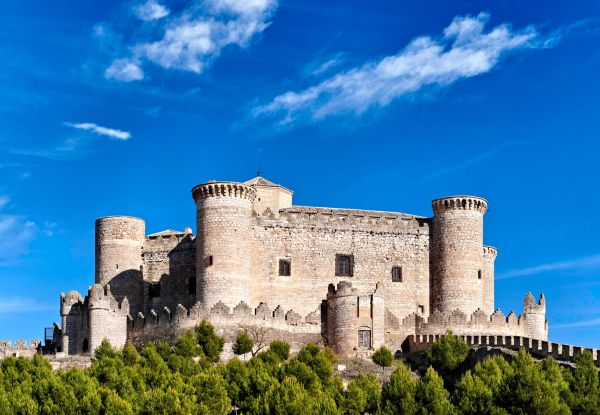
Belmonte (castle)
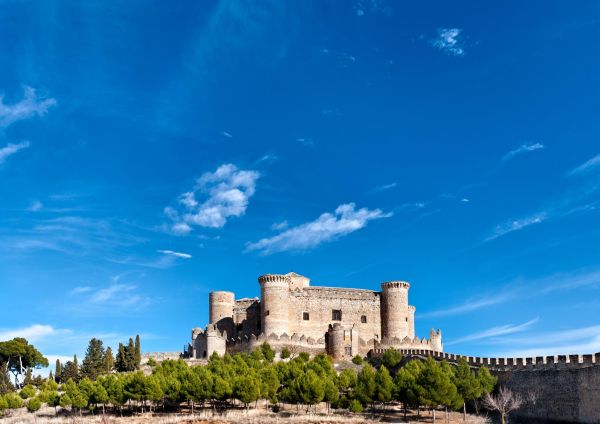
Belmonte (castle)
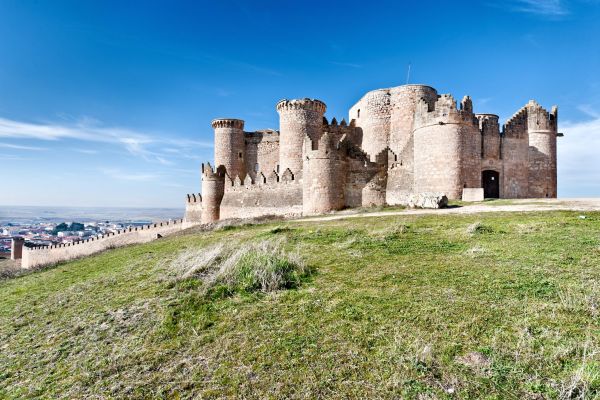
Belmonte (Colegiata)
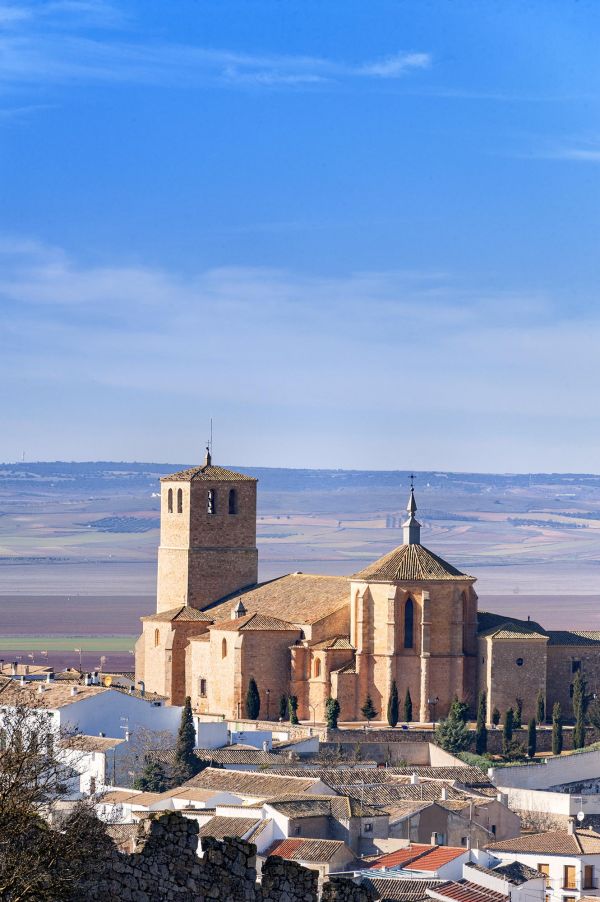
Belmonte (Colegiata)
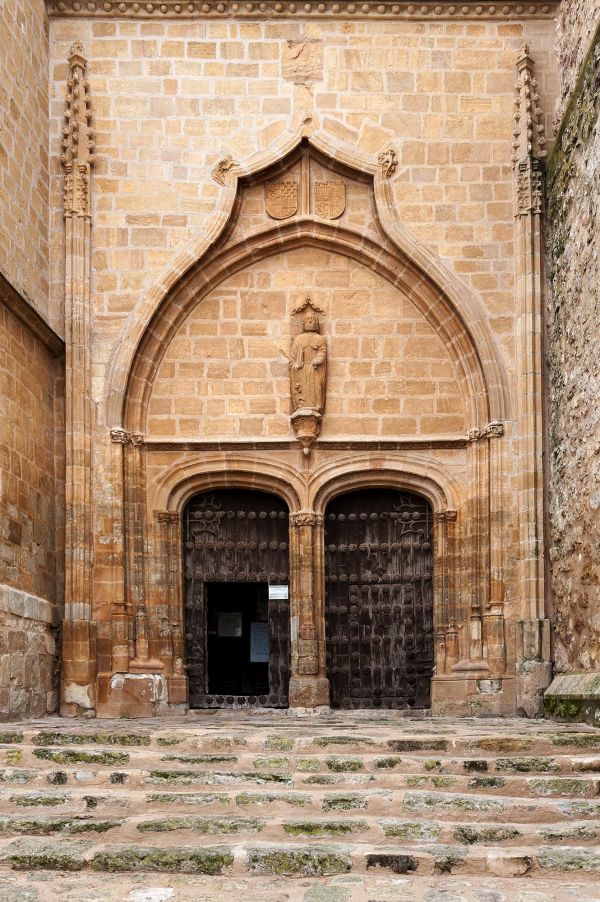
Belmonte (Colegiata)
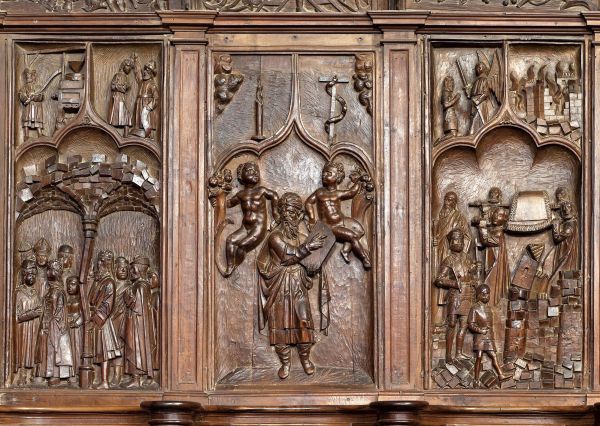
Belmonte (castillo)
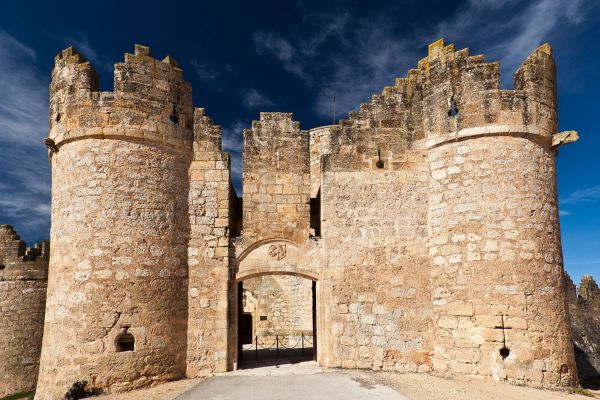
Belmonte (Combate Medieval)
We are in the heart of Mancha Baja (lower Mancha), right in the centre of the Autonomous Community, in a town declared a Historic-Artistic Site. Belmonte is one of the prettiest towns in Castilla-La Mancha, and therefore deserves at least a day’s visit. Its narrow alleyways, squares and slopes, important civil and religious buildings and an impressive defensive structure provide the backdrop for a walk that’ll take us back in time through the centuries. The Belmonte castle, one of the most active and impressive in Spain, will take us half a day.
The town’s third ruler, the first marquis of Villena and a favourite of King Henry IV, Don Juan Pacheco, is responsible for a large part of Belmonte’s monumental heritage: the castle and the collegiate church are two notable highlights. This was back in the 14th century, but the 15th century bore witness to the town’s finest years. Three cultures, three religions lived between these walls: Christians, Muslims and Jews. Belmonte was also home to Franciscans, Dominica, Conceptionists, Jesuits, Dominicans and Trinitarians; there was a Corral de Comedias (Theatre Courtyard) and a hospital that sheltered the poor and welcomed pilgrims.
The castle, Gothic-Mudejar in style and erected 6 centuries ago on the San Cristóbal hill, is the town’s undisputed highlight. Restored and converted into a museum and venue for events, we can visit the castle and explore in depth, admiring its Renaissance origins and the 19th century reforms commissioned by Eugenia de Montijo, the empress of France. The castle’s external area, walled and pentagonal, joins the walls that descend down into Belmonte. The castle floor is very strange, called the “hemmed structure”, built on an equilateral triangle with two bodies on two of its sides, and on the other, the keep; a triangle that, through the external barrier, becomes a nine-sided polygon with turrets on the corners.
Its only floor and inner palace, decorated with luxurious Mudejar roofs in its halls and galleries, make this one of the finest castles you will find.
The San Bartolomé Collegiate Church, recalls the matriarchal style in a largely Gothic town. Its beautiful gates, Sol and Perdones, have blossoming pinnacles and arches and the magnificent treasure anteroom housed in their walls: chapels, altars, vaults, paintings, sculptures, choir and font stalls.
We recommend taking a stroll and getting lost among (and finding) Belmonte’s hidden secrets: look for the house where one of the town’s most illustrious citizens, Fray Luis de Léon, was born; the St. Andrew Hospital ruins; the Trinitarians convent on Calle Lucas Parra; the Bellomonte House, on the same street; walk through the wall’s gates; the Infante Don Juan Manuel Palace; and perhaps to end the day, a sunset from the “El Puntal” windmills.
May also be of interest to you
Castilla-La Mancha Tourism in 2023. All rights reserved.
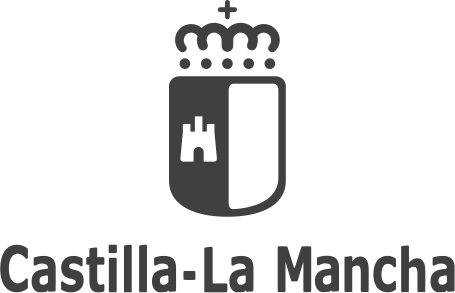
 365
365
